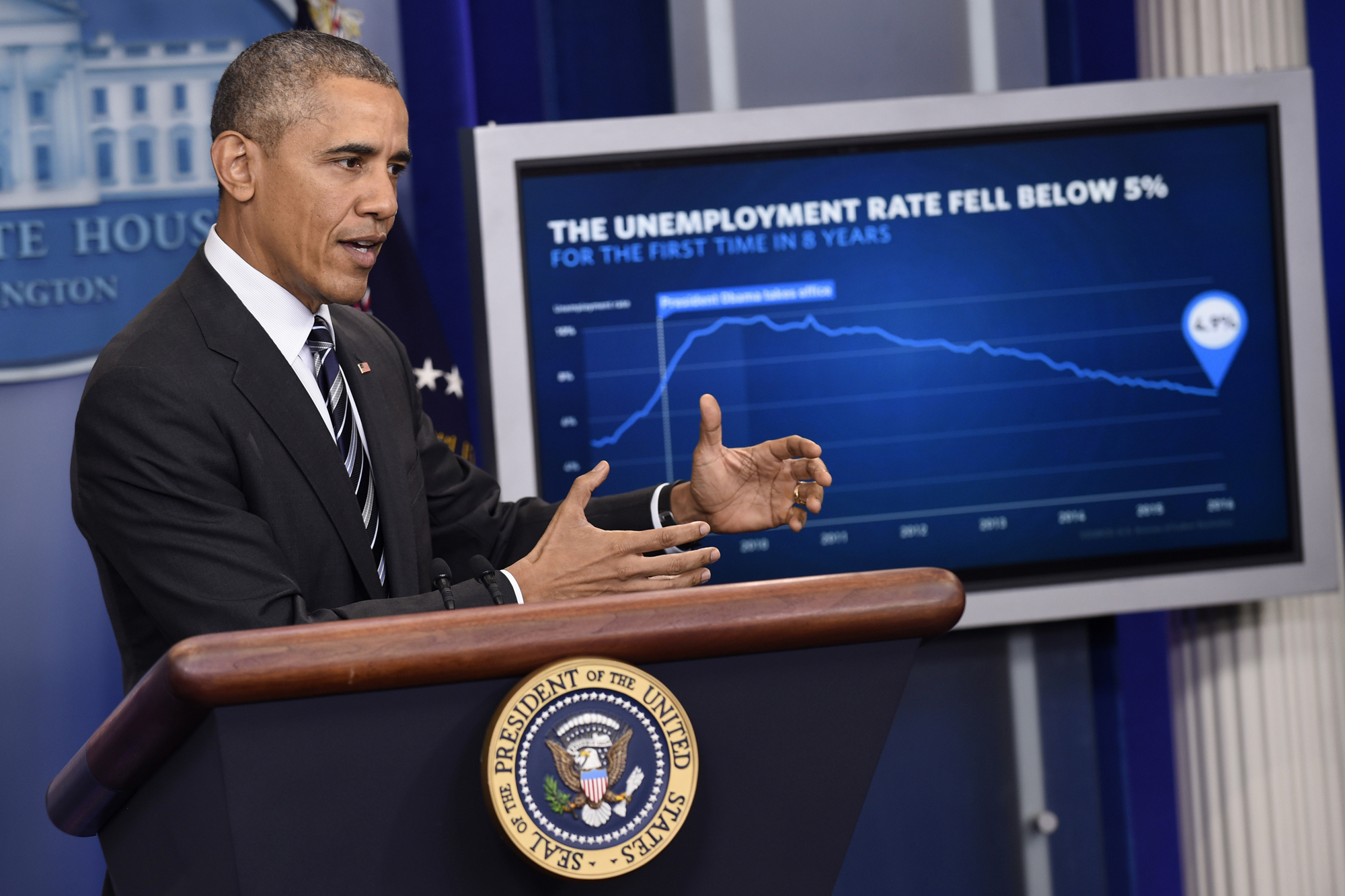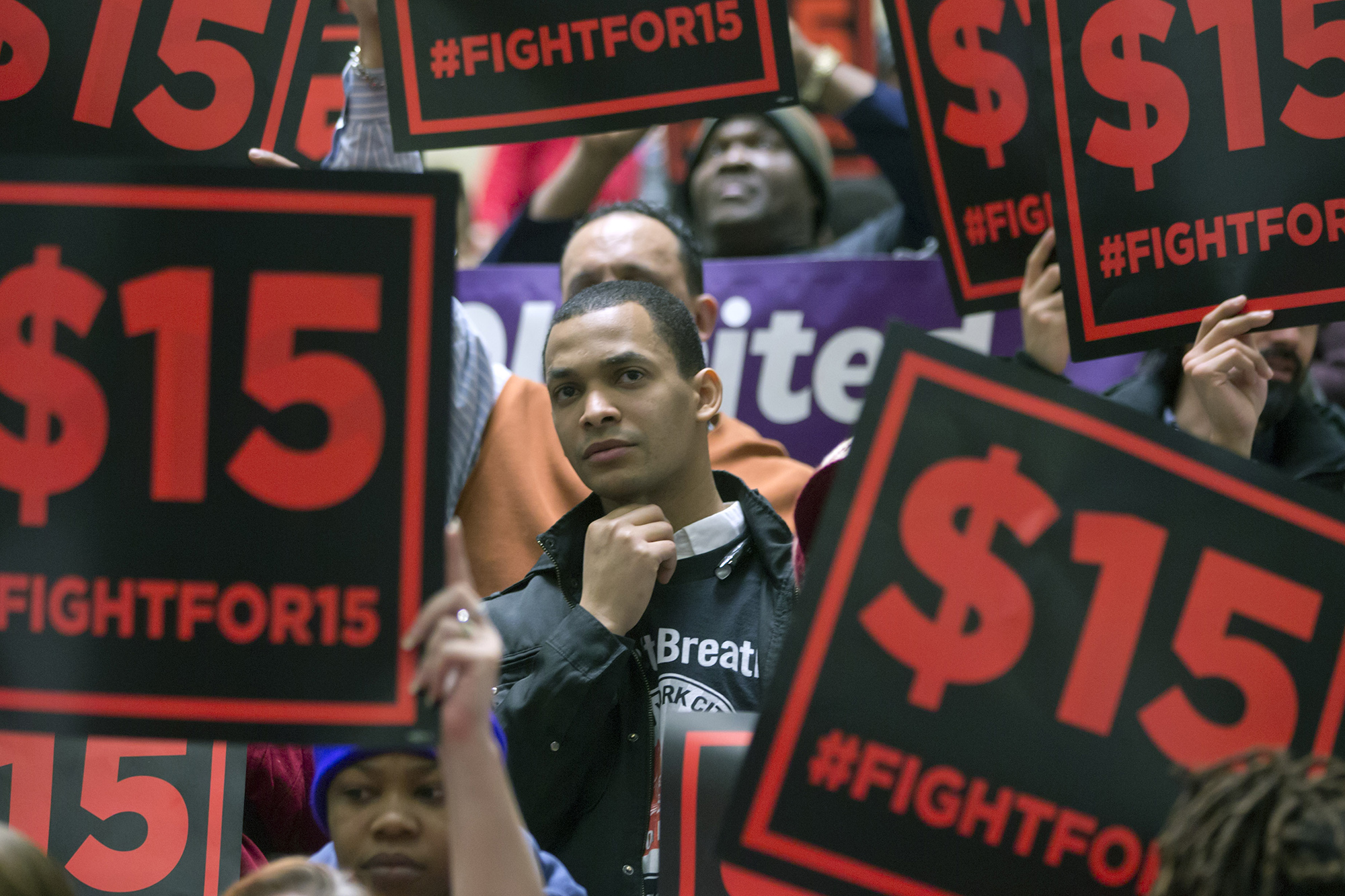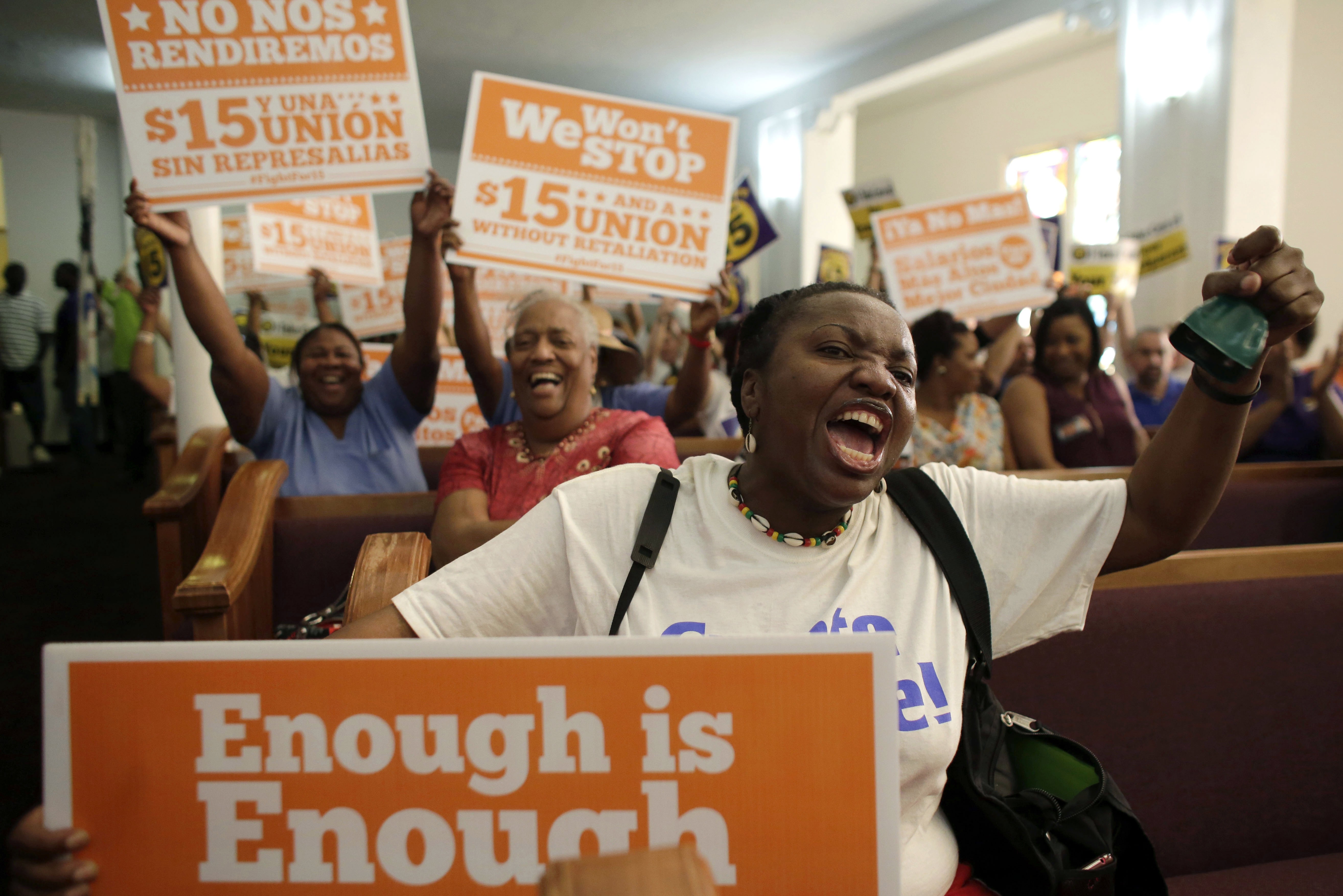Sepia Coleman says she’s crazy about her job.
“I love people,” she said. “It’s like a gift, a passion.”
Coleman is a home care aide in Tennessee, helping older and disabled people with daily tasks like bathing and cooking in their own homes. Over the 20 years she’s been on the job, she’s learned about golf by taking a client out to play, gone dancing with another, and listened to others talk about their travels around the world. She takes special pride in helping the men and women she cares for stay in charge of their own lives.
“I come into their homes [and] let them know I’m just there to help them,” she said. “I still respect them, that they have independence and are able to function.”
Get TalkPoverty In Your Inbox
For all the talk about factory jobs Donald Trump spurred with his rhetoric on trade, one of the clearest ways to improve American jobs has nothing to do with manufacturing. Demand for jobs like Coleman’s—in-home care aides and other direct care workers—is growing fast as the U.S. population ages.
The Bureau of Labor Statistics predicts that the number of personal care aides, who provide non-medical home care, will grow by 458,000 between 2014 and 2024—the most of any single profession. It projects another 348,000 new jobs for home health aides, who do similar work with a greater focus on medical care like checking vital signs and administering medications.
Despite the increase in demand, these jobs are also some of the worst paid in the country: the median annual wage is under $22,000.
Coleman currently makes $8.25 an hour, and the hours she gets can change dramatically from month to month as clients cycle in and out of home care. She doesn’t get paid time off, so she has been putting off surgery for painful uterine fibroids. Her car needs work that she can’t afford, and she’s been paying her rent in installments as her paychecks come in. Lately she’s been particularly low on hours, so she often eats only one meal a day.
“I’ve trained my body to do that,” she said. “I’ve been doing this for a while, so I kind of know my ups and downs.”
The new administration’s plans are unlikely to improve working conditions. Eighty-three percent of home care funding, and 64 percent of health care spending overall, comes from government sources like Medicaid and Medicare. Instead of bolstering the programs so that direct care jobs can pay higher wages, Congress is poised to roll back the Medicaid expansion that has extended coverage to about 10 million people. Tom Price, Trump’s pick for Secretary of Health and Human Services, has also signaled that he’ll push to privatize Medicare benefits. And House Speaker Paul Ryan and Tom Price have both promised to convert Medicaid into block grants for states, which would slow the program’s growth and prevent it from automatically expanding to meet increased need during economic downturns.
This would all add up to less money for care workers—whether it’s funding for new jobs, or to make existing jobs pay better. That’s a burden on the workers themselves, and a danger to the people they care for. During economic boom years, nursing homes sometimes can’t pay competitive wages and end up understaffed. As a result, more of the facilities’ residents end up dying when the economy is strong.
Trump, Ryan, and many others say that we need to spur private-sector hiring and keep government spending down. But industries that create profitable products, from air conditioners to financial derivatives, are increasingly funneling money to the wealthy while employing fewer workers. Meanwhile, the human labor jobs where we are beginning to face shortages, in sectors like education and direct care, don’t lend themselves to for-profit enterprises.
An economic policy designed to work for workers would shape the economy so that the work we really need gets done at a fair wage. That means listening to people like Sepia Coleman, who see their own needs and their clients’ as inseparable. Coleman said she wants to be a professional, unionized worker with the leverage to speak up for her clients and make sure they’re getting the resources they need. She also needs to be able to take a day off when she’s sick and pay her bills on time.
“I deserve to live, not struggle,” she said. “Nobody deserves to struggle every single day.”











